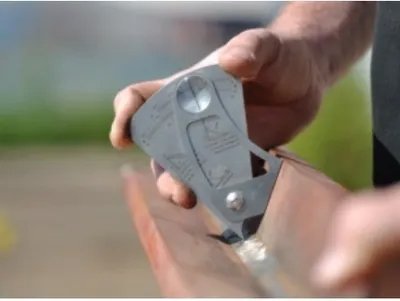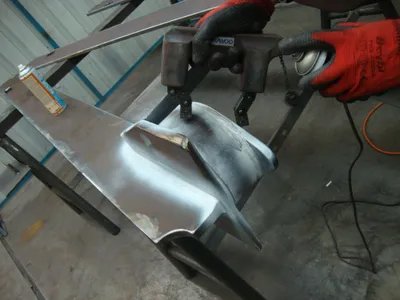VISUAL INSPECTION (VT)
Visual inspection is a basic inspection method but remains a critical step in the inspection of any asset, from equipment to structures. Visual inspection can be carried out on a range of assets, including equipment and structures such as: - Tanks - Pressure vessels - Piping In the hands of inspectors with the appropriate skills, the benefits of visual inspection will reveal crucial information and provide a better understanding in the following areas: - The presence of significant defects, including welding defects, cracks, and corrosion. - The compliance of welds and other components with specifications. - Evidence indicating the causes of unexpected events such as failures. - The condition of the asset and, when applicable, its functionality and remaining lifespan. At Asteel Ndt, visual inspection is conducted by our qualified material scientists, tank inspectors (API), welding inspectors, and pressure vessel and classified facility inspectors (AICIP and API), along with our engineers. Our material scientists, inspectors, and engineers are highly experienced and equipped with effective visual inspection tools, aids, and access solutions to maximize the value of all visual inspections. Asteel Ndt inspection teams use RDVI equipment, which includes: - High-resolution borescopes - Telescopic access poles equipped with high-resolution video cameras - Tracked vehicles and crawlers with the capability to traverse most terrains - Remote-controlled Aerial Vehicles/ Drones/UAVs operated by CASA-certified, qualified inspection personnel - Divers or submerged cameras and crawlers







